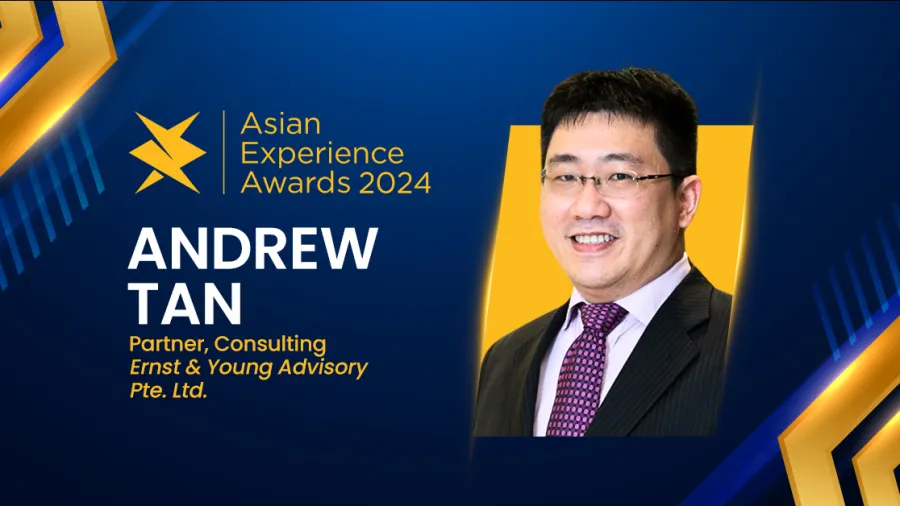
EY’s Andrew Tan emphasises customer needs, technology application key to success
He highlights leveraging technology for efficiency, personalisation, and creating a seamless user experience.
Brand experience is shaped by how well companies understand and meet customer needs. Embracing technology helps businesses enhance their interactions and deliver more personalised experiences, ultimately defining their success in the market.
Offering his valuable insights on the factors revolving around this landscape is Andrew Tan, Consulting Partner at Ernst & Young Advisory Pte. Ltd., where he spearheads digital and emerging technology innovation engagements across Southeast Asia.
He is a strong advocate of robust digital service delivery through a customer empathy approach, utilising design thinking, digital storytelling, and user experience to drive customer adoption and enhance service quality. His expertise has enabled numerous businesses across diverse sectors to effectively strategise and implement technology transformation initiatives.
Before joining Ernst & Young, Tan served as a managing director at a prominent multinational digital consultancy, where he was responsible for business strategy and growth across Singapore, Australia, and Thailand. His career also includes a notable term as the head of a research centre at an Australian university, where he led efforts in mobile innovation and fostered industrial collaborations between the public and private sectors.
As a judge at the Asian Experience Awards 2024, Tan shared how success requires understanding customer needs and strategically applying technology to enhance the experience and stand out in the changing market landscape.
With your expertise in digital and emerging technology innovation engagements in Southeast Asia, how can businesses better utilise these facets in enabling a better experience for stakeholders?
I believe organisations can enhance stakeholder experiences by equipping their workforce with the necessary tools and training to effectively use digital technologies. They can also strategically leverage cutting-edge technology to streamline operations, personalise customer interactions, increase user satisfaction, and create innovative growth opportunities. We are seeing different levels of digital maturity and prioritisation across Southeast Asia. Thailand, for example, focuses a lot on the mobile experience for e-commerce and banking services whilst Singapore has a strong emphasis on the citizenry experience around banking, smart nation, and healthcare. Regardless of the focus areas of each market, we observe similar approaches to customer-centricity, creating a seamless and consistent experience across user touchpoints, data-driven personalisation, efficiency and responsiveness, and security assurance at the core.
What has the experience been like helping organisations in various sectors to strategise and implement technology transformation initiatives, and what improvement points do you find common amongst them?
Today’s operating environment is highly competitive and consumers are inundated with choices. They are more discerning and demand higher levels of quality and service. Standing out is even more challenging. The key to success lies in a focused commitment to two critical areas: a deep understanding of customer needs and the strategic application of technologies. By skillfully integrating these aspects, organisations are able to elevate customer experience and create a unique “wow” factor that distinguishes them from competing brands.
How do you see digital service delivery shaping the business landscape in the near future? Are there any trends or opportunities to watch out for?
Artificial intelligence (AI) is far from being another buzzword. AI is already transforming industries and businesses. It has the potential to help organisations automate manual and repetitive tasks, and develop value creation opportunities. Specific to customer management, we are seeing AI-powered chatbots and virtual assistants being deployed to handle queries around the clock and provide consistent responses and service quality. With its ability to gather huge amounts of consumer data, brands can also provide a hyperpersonalised experience for their customers, making tailored recommendations based on shopping history and preferences. Internally, AI can be used for learning and development by simulating customer engagement scenarios and giving meaningful feedback on service improvement. This is beneficial for customer service representatives.
The surge in demand for AI solutions is notable, and at EY, we are deeply involved in exploring AI's potential in digital service delivery with our clients. This includes the areas of business strategy development and operations optimisation.
Over the next 12 months, AI will continue to evolve and have profound effects on customer experience, potentially leading to a digital world vastly different from our current one. One example is instead of text-based chatbots, we may see bots with speech and emotion recognition capabilities.
How should businesses adapt their customer experience strategies amidst rapidly changing market conditions and evolving customer needs?
The rapidly changing market conditions of today often put pressure on organisations on what emerging technologies to invest in and the value they can bring to the business. AI and data analytics can empower organisations to unify customer touchpoints, gain deeper insights into customer behaviour through predictive analytics, personalise customer experience, and be more efficient when it comes to solving customer complaints or issues. Organisations need to be prepared to transform and harness these technologies or risk losing their competitive advantage.
Whilst technology is one way to scale their business, it is equally crucial for organisations to put humans at the centre of any transformation—continuing to invest in developing and upskilling their workforce to be digitally ready, as well as building and deepening connections with their customers. A strong relationship between brands and customers leads to long-term loyalty and engagement. By having a good pulse on how their customers are behaving, organisations are also able to understand and adapt quickly to evolving customer preferences.
As an esteemed individual in the tech industry, how will you evaluate the entries in this year’s Asian Experience Awards?
Given the exceptional calibre of this year's submissions, the evaluation process will be challenging. I am eager to witness the creativity of participating organisations in creating unique and engaging brand experiences that not only inspire industry peers but also have a meaningful impact on their customers and clients.
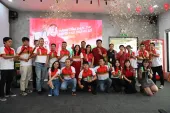









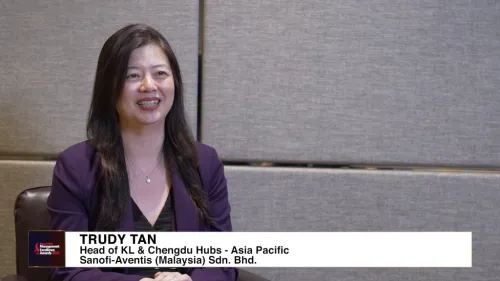
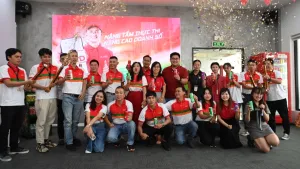


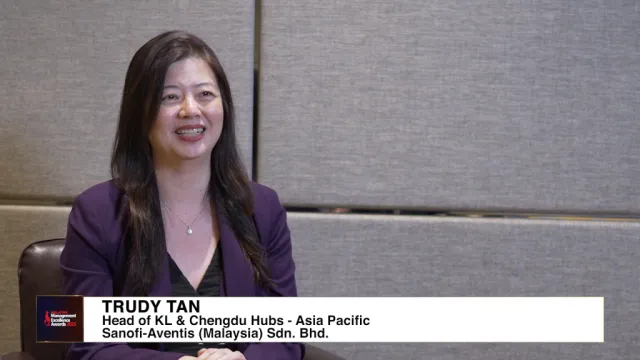




 Advertise
Advertise








